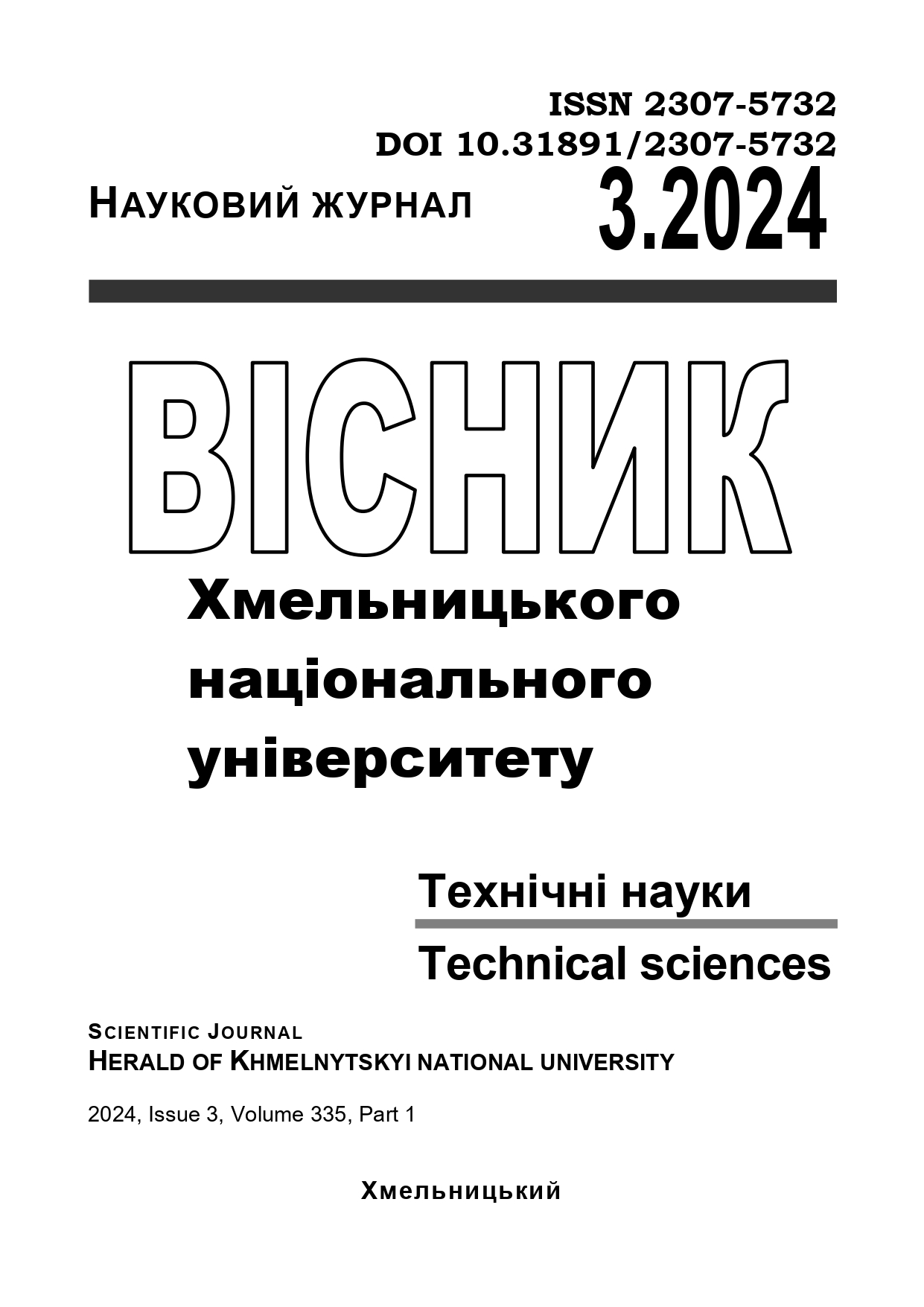MODELING OF REGENERATIVE BRAKING MODE IN THE TRACTION SUBSTATION SYSTEM
DOI:
https://doi.org/10.31891/2307-5732-2024-335-3-46Keywords:
recuperation, simulation model, traction system, brakingAbstract
This article describes in detail the development of a recovery model for the Tatra T3 tram, which allows the return part of the energy consumed during movement to the power supply system. Based on this model, three simulation models of the traction power supply system were created, the results of which were carefully analyzed. The presented graphical materials demonstrate the efficiency of using regenerative energy. This allowed us to conclude the prospects for introducing regenerative braking to reduce the energy consumption of urban electric transport.
In particular, an in-depth study of regenerative braking in the traction substation system was conducted, which emphasizes its potential for energy saving in an urban environment. The developed simulation models describe the interaction of trams on different sections of the route with the traction substation, including the dynamics of tram movement, braking and regeneration modes, and also consider energy losses in the system.
The models take into account the operating modes of both individual trams and the entire system, which allows us to estimate the potential for energy savings when implementing recovery technologies. The study results confirm the feasibility and effectiveness of integrating energy recovery systems into urban electric transport. This allows to significantly reduce energy consumption, contributes to improving the energy efficiency of transport infrastructure and supports the development of electric transport in the face of growing electricity shortages.
Thus, the study demonstrates significant potential for the use of regenerative braking in urban electric transport, opening up opportunities for further innovation and improving the overall efficiency of electric transport systems. The introduction of such systems has the prospect of not only saving energy but also reducing operating costs, making electric transport more attractive for modern cities.

